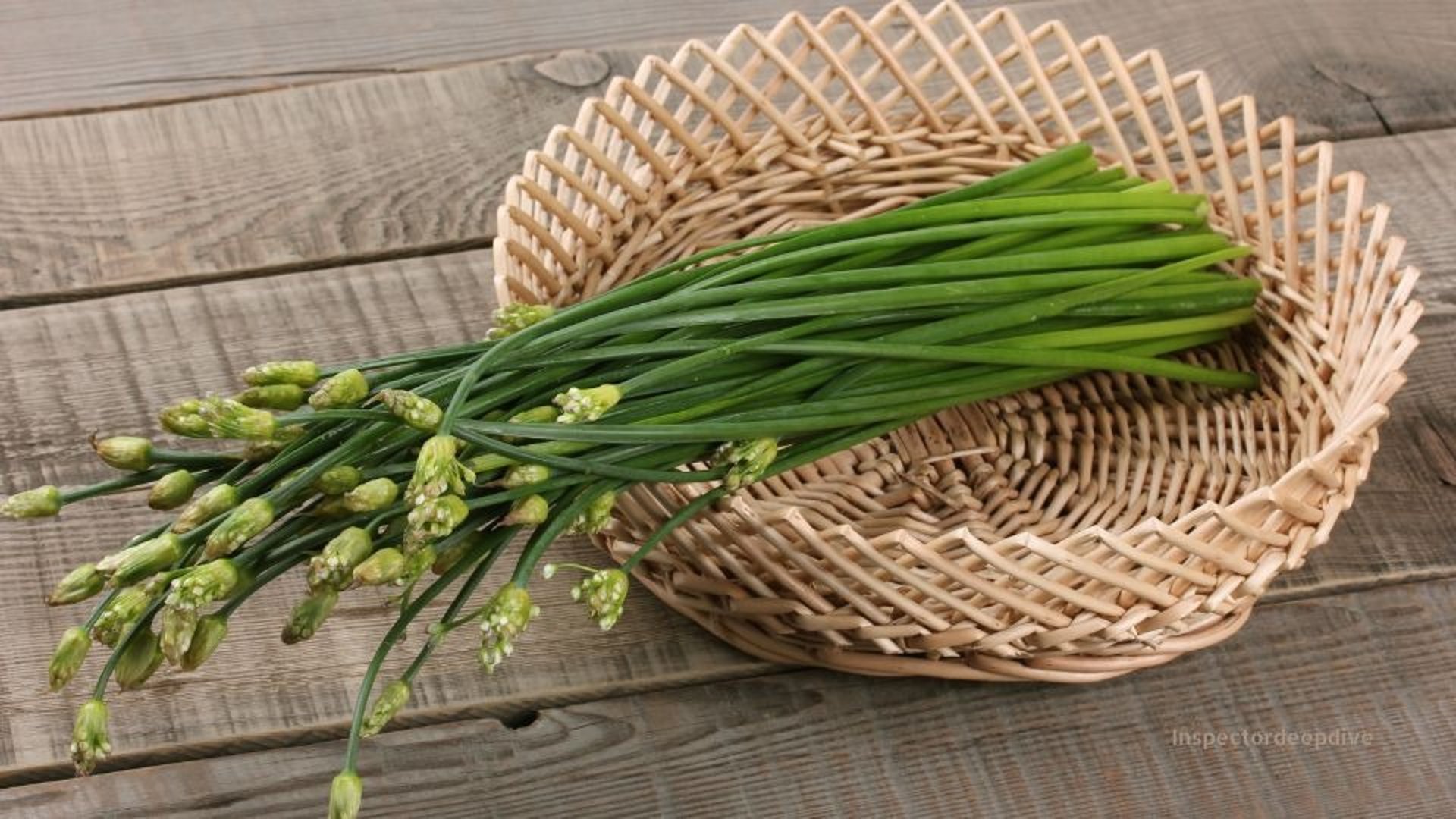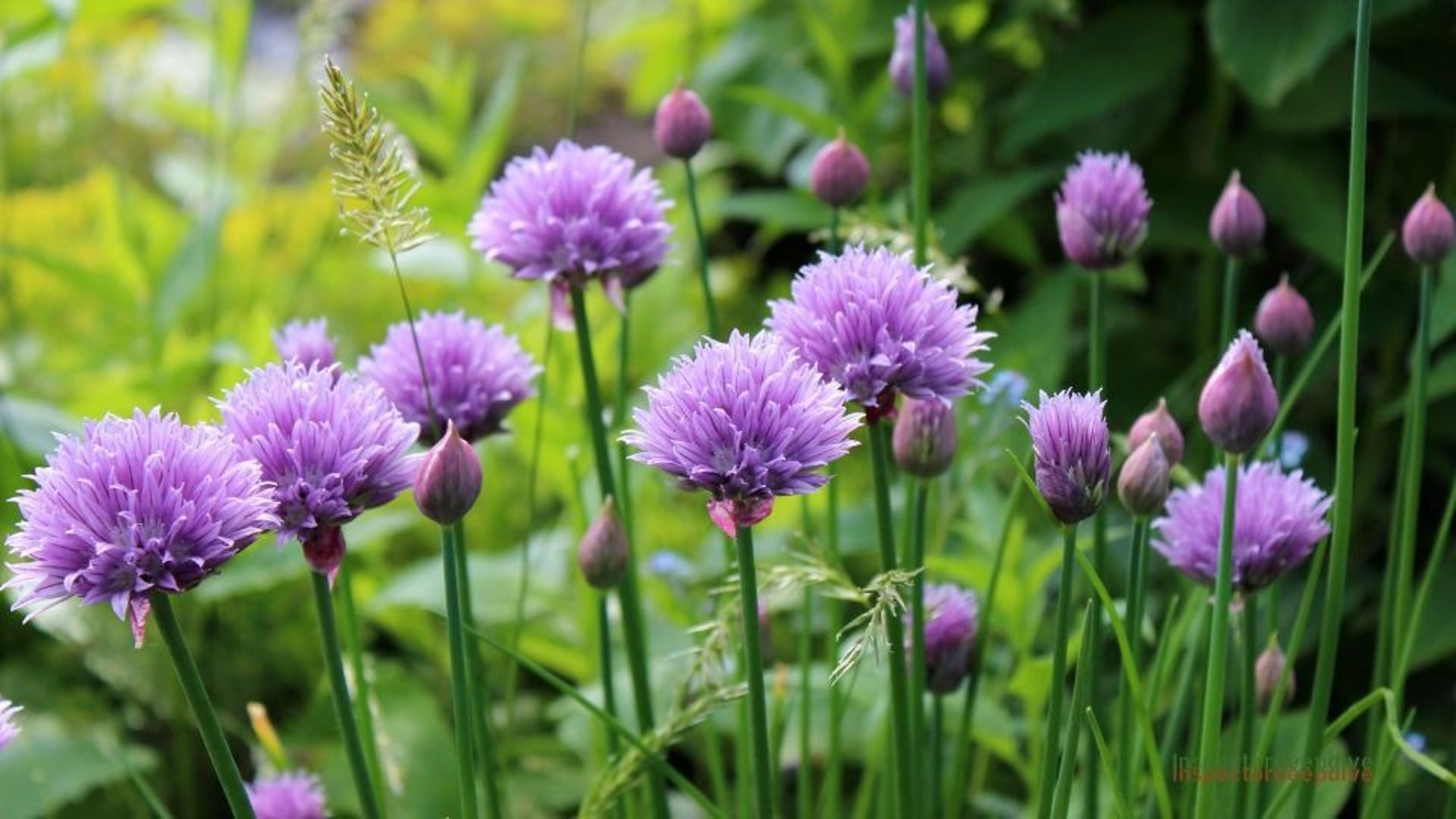
Garlic Chives Explained: Nutritional Facts, Culinary Uses, and Scientific Insights

Garlic Chives Explained: Nutritional Facts, Culinary Uses, and Scientific Insights
What Are Garlic Chives?
Garlic chives belong to the Amaryllidaceae family, which also includes onions, garlic, and leeks. Their scientific name is Allium tuberosum. Both the leaves and flowers are edible and are primarily grown for their flavor rather than as a staple food.
Origin and Availability
Native to China and parts of Southeast Asia, garlic chives have been cultivated for thousands of years. Today, they are available worldwide, especially in Asian grocery stores, farmers markets, and supermarkets. Fresh bunches can be found year-round.
Garlic chives thrive in cool seasons, with peak harvest from spring to early fall. When selecting, look for bright green, firm stalks free from yellowing or slime. Store them in the refrigerator wrapped in a damp cloth or paper towel and use within 7 to 10 days.
Nutrition Breakdown
(Per 30g – About 1 Cup Chopped)
A 30-gram serving of raw garlic chives contains 11 calories. This small portion is composed mostly of water, with minimal fat and moderate carbohydrates, including dietary fiber.
Protein: 0.8 grams
Total Fat: 0.2 grams
Carbohydrates: 2.7 grams
Dietary Fiber: 1.2 grams
Sugars: 0.9 grams
vitamins
Vitamin K: 84 µg – exceeds the daily reference intake (80 µg), playing a role in blood clotting and bone metabolism.
Vitamin C: 18 mg – supports antioxidant activity and tissue repair.
Folate (B9): 57 µg – involved in cell division and DNA synthesis.
Vitamin A (as beta-carotene): 18 µg – minor contribution to vision and immune function.
Minerals (present in trace amounts)
Calcium: 36 mg – supports bone structure.
Iron: 1.1 mg – non-heme iron; absorption varies based on overall diet.
Potassium: 180 mg – helps regulate fluid balance and nerve signals.
Magnesium: 12 mg – involved in muscle and enzyme function.
Phosphorus: 33 mg – contributes to energy metabolism and bone health.
No nutrient reaches high concentrations per serving. The profile reflects a low-volume plant food that adds variety rather than meeting daily requirements. There are no essential amino acids in significant quantity, nor any substantial fat-soluble vitamins beyond vitamin K.
This nutritional content is typical of leafy alliums used primarily for flavor enhancement, not caloric or macronutrient contribution.
Bioactive Compounds
Garlic chives contain natural compounds such as allicin, diallyl sulfide, quercetin, and saponins. These compounds form when the plant is cut or chewed. Laboratory studies suggest some antioxidant and antimicrobial properties, but no evidence confirms these effects in humans at typical dietary levels. Cooking reduces the concentration of these compounds.
How They Are Used
Garlic chives are popular in stir-fries, dumplings, egg dishes, soups, noodle bowls, and pancakes like Korean pajeon. They add a subtle garlic flavor without overpowering dishes. Both the green stalks and flower heads are edible. Typically, they are used in small amounts as a flavor enhancer.
How They Affect the Body
Consuming garlic chives adds trace nutrients and dietary fiber. Vitamin K supports blood coagulation processes. Sulfur compounds may interact with gut microbes, but no measurable health outcomes have been linked to their consumption. No clinical trials demonstrate that garlic chives prevent disease or improve bodily functions.
Safety
Garlic chives are safe for most people. Some individuals, especially those with irritable bowel syndrome (IBS), may experience digestive discomfort. They can worsen heartburn in sensitive individuals. Allergic reactions are rare.
People taking blood thinners like warfarin should maintain consistent intake due to vitamin K content but do not need to avoid garlic chives entirely.
No toxicity is known from consuming garlic chives at normal culinary levels.
What Science Says (2025)
Research continues on the stability of sulfur compounds during cooking and potential applications in food preservation. Observational studies track allium vegetable intake patterns, but no large-scale human trials confirm that garlic chives improve health outcomes.
They remain one of many plant-based foods contributing minor nutrients and variety to meals.
Final Note
Garlic chives are not essential.
They do not cure diseases.
They do not transform diet quality.
But if you enjoy their taste, they are safe to eat.
If not, there is no reason to include them.
Their presence in food is about flavor not function.
© 2025 food.InspectorDeepDive.com. All rights reserved. Content may not be copied or republished without permission.
This article is for informational purposes only. InspectorDeepDive.com does not provide medical advice. Always consult a licensed healthcare provider before making dietary or health decisions.
